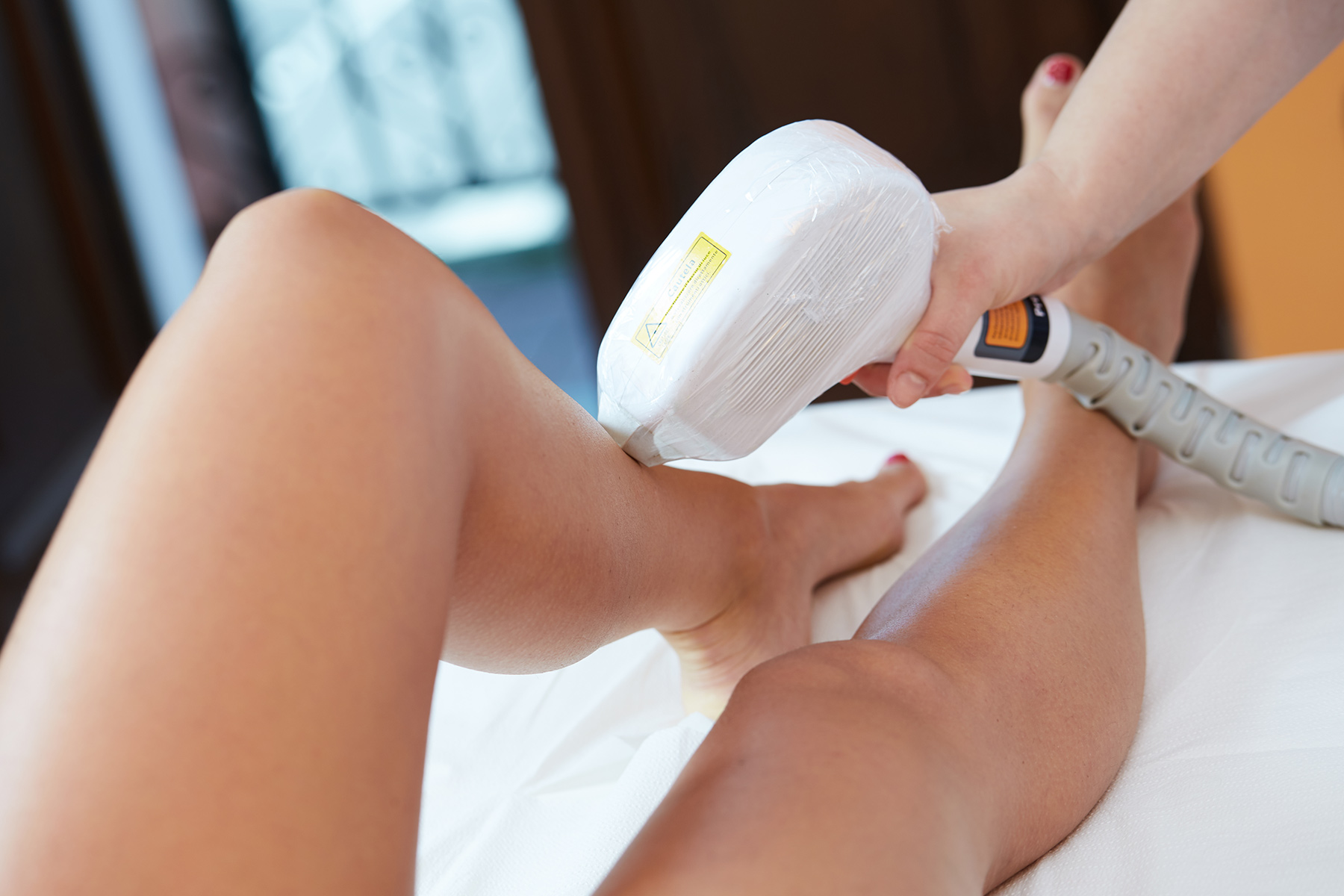In the past, orthopedic surgeons didn’t treat musculoskeletal diseases using biologic methods. Naturally, your body’s healing process regulates musculoskeletal conditions and injuries. It’s a complex chemical and cellular process which heals and repairs damaged tissues such as cartilages, muscles, ligaments, and tendons.
What Are Stem Cells?
Stem cells are natural body cells which can transform into other types of cells. They rebuild and repair damaged and worn out tissues. Mesenchymal stems cells usually produce cartilage, bone, tendon and ligament tissues. They produce cytokines and growth factors which trigger other cells to reduce inflammation and to prevent the degeneration of tissues. Mesenchymal cells are mostly found in the bone marrow.
Orthopedic Conditions That Stem Cells Treat
Different medical facilities globally use stem cells in varying ways. Some treatments are autologous. The doctors use stem cells and biologic agents from a patient’s body rather than from donors. It prevents cell rejection and the transmission of diseases. The surgeon mainly obtains stem cells from a patient’s bone marrow.
Stem cell therapy is useful in treating different injuries and diseases such as chronic and acute bone, cartilage, muscle, ligament and tendon injuries. It effectively treats knee and hip osteoarthritis, rotator cuff tears and severe back pain due to facet joints. The main aim of stem cell therapy is to improve function and to minimize pain non-surgically. If a patient’s condition is severe, they may have to undergo surgery.
Recent studies reveal that the treatment is safe, as it doesn’t cause any side effects. However, research on its effectiveness is in the initial phase as it is tricky to design great random studies in people. Besides, different scientists apply different methods, and they have varying success levels.
However, most independent researchers have proved the effectiveness of stem cell therapy in treating orthopedic diseases, and injuries.it minimize pain and dramatically improves function. The MRI evidence in some studies shows that stem cells play a vital role in healing and regenerating damaged cartilage and tissue. They have a success rate of over 70%.
After a successful stem cell treatment, function improvement and pain relief start manifesting after eight weeks. It’s still unclear how the therapy decreases pain as further research is necessary.
Alternative Orthopedic Treatment
Doctors can treat most musculoskeletal injuries and diseases using different methods depending on your condition. For example, a physician can treat knee arthritis by adjusting some activities, creating a weight loss plan, physical therapy, administering hyaluronic injections and anti-inflammatory drugs.
In some instances, knee arthroscopy may be necessary while in advanced knee arthritis, you might have to undergo a complete knee replacement to improve function and reduce joint pain. It’s essential to consider the advantages and disadvantages of several treatment methods before selecting a specific option.
Stem Cell Treatment Precautions
Stem cell therapy has minimal risk. At times, a patient may experience mild discomfort. Also, you can get an infection if there were aspirations or injections during the procedure. Before the treatment, orthopedic specialists issue clear pre- and post-procedure instructions to minimize the likelihood of a complication. However, the therapy is not recommended for patients with leukemia and lymphoma.




